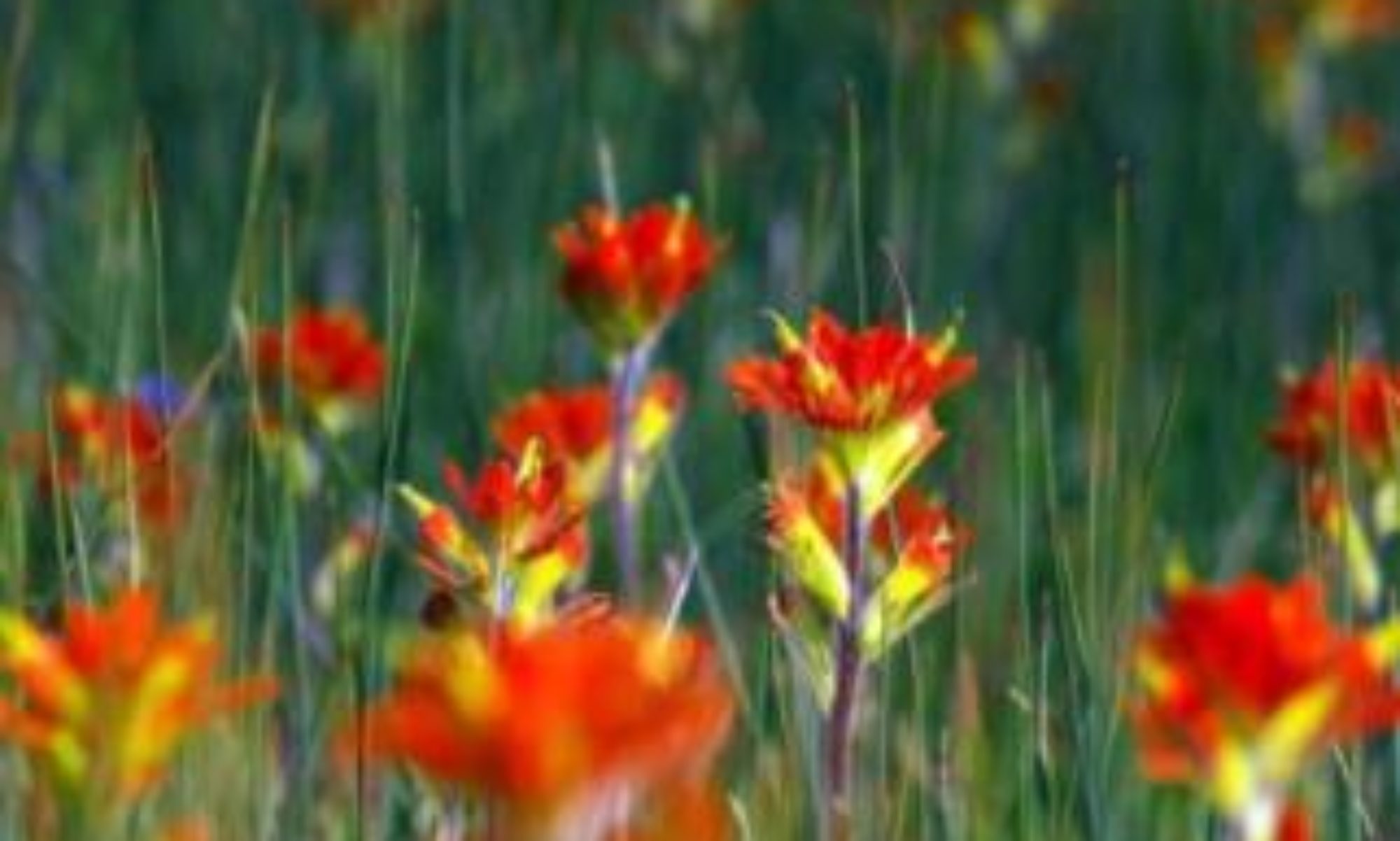I came here to see holiday lights. It turned out to be pretty easy: you only need to follow the crowds; and it is amazing. I was also much, and perhaps more, interested in how the city has changed in the past decade and spent most of the time walking in its neighborhoods from Lower Manhattan all the way to Uptown.
While the Big Apple still boasts some of the world’s best cityscapes, and I have no doubt that it is still an epicenter for cultural activities and creativity, its roads and sidewalks are outdated, and some of its skyscrapers are deteriorating. The city is like an aged great diva who looks voluptuous and glamorous on the stage at night, but shows deep wrinkles and obvious wear and tear with heavy makeups stripped off in broad daylight.
It begs for the question of how to build sustainable urban structures, which requires serious considerations of continuous development. At the core of the problem here is scale: both the size of the skyscrapers and the size of the city make it difficult to keep up with renovation and renewal. Smaller architectures would better facilitate continuous development: not only are they easier to maintain, they can also be combined with structures of different styles to create interesting new urban landscapes.
(I cannot help thinking what’s happening in the developing world where large architectures are all erected during a relatively short time period in mega cities. Imagine a hundred years from now on…)



I like Bryant Park the best. It is a humane and natural space in the city. Its surrounding architectures provide a perfect, warm backdrop without feeling artificiality. The public library on the 42nd street also lends charm to the park; even a brief sojourn in the library building to warm up feet reveals things that can last.



I like Bryant Park’s holiday market too. From infinity lights to folding baskets at Chopstick Art, crafts from All Cross Africa, and Alchemist’s glassware, all are wonderful. I had a cup of hot chocolate at United Chocolate Works; it was delicious. We need more united works, and indeed UNITED is what is most needed in America right now.

